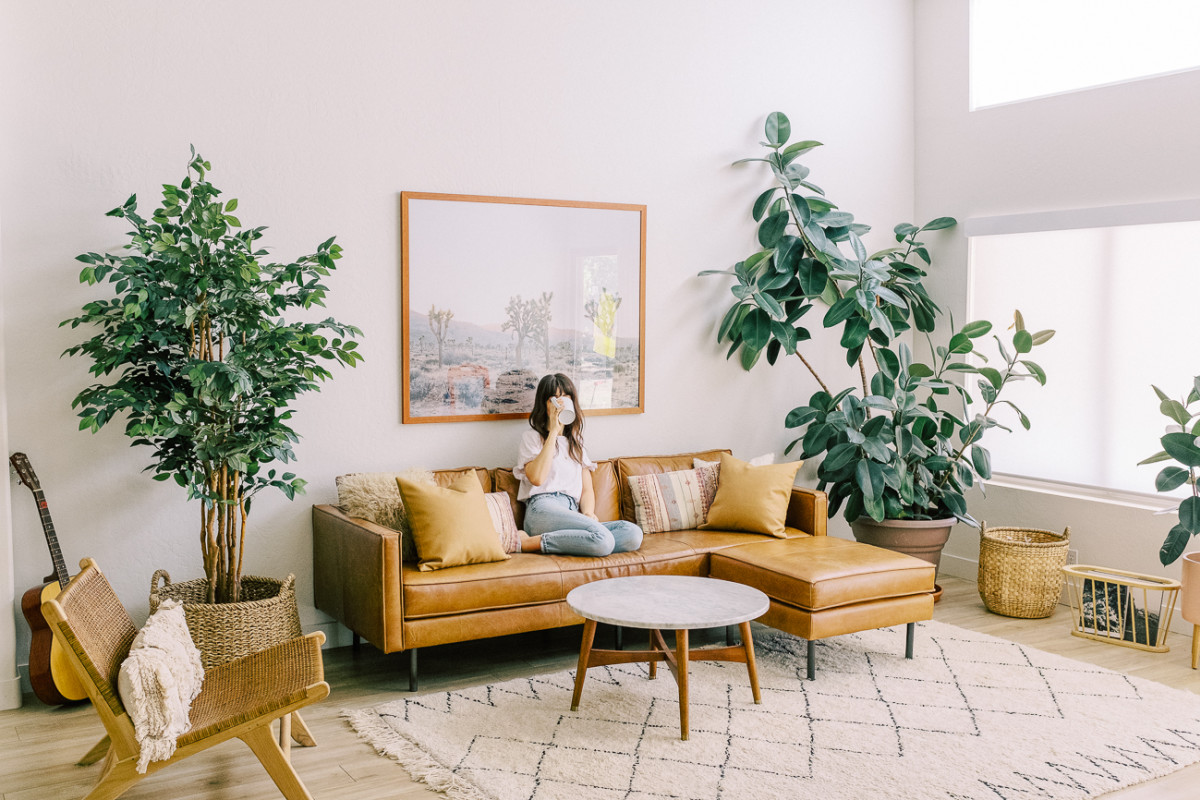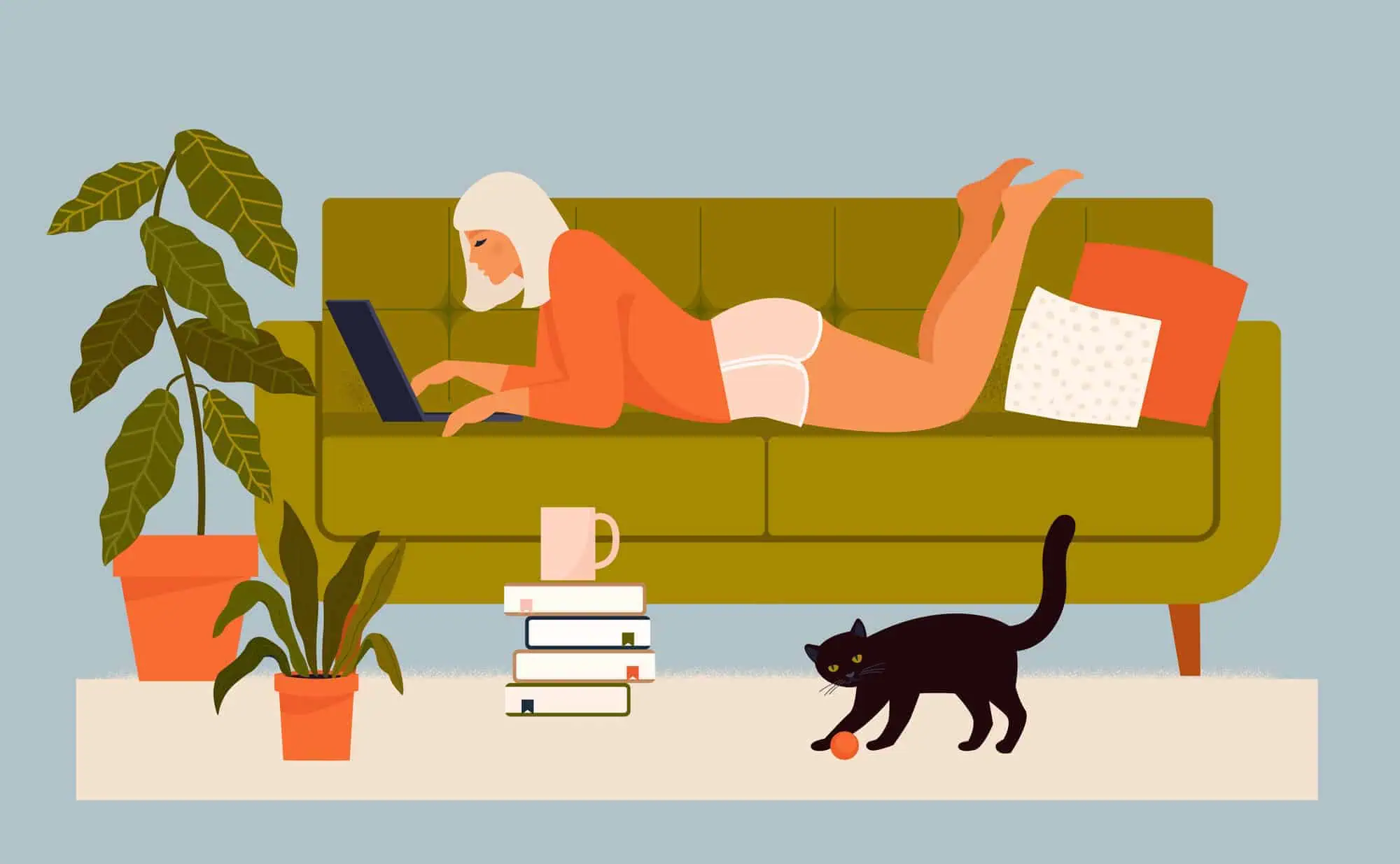Living alone has evolved from a lifestyle choice to a societal transition in a time of increasing individual independence and shifting social standards. More people than ever before are opting to live alone because they value the freedom, autonomy, and opportunity for self-discovery that it provides. What was once seen to be a sign of failure or loneliness is now considered as a sign of empowerment and independence.

A Global Trend on the Rise
The increase in single living is changing cities and redefining modern adulthood everywhere from Toronto to Tokyo. The United Nations reports that throughout the past 20 years, there has been a sharp increase in the number of single-person families globally. Almost half of households in nations like Sweden are headed by a single person. That percentage is approximately 28% in the United States and is still rising.
Urbanization, postponed marriage, increased educational attainment, and growing financial independence among young adults—particularly women—are some of the causes driving this shift. The rise of remote work and technological developments have also increased the viability and appeal of living alone.

The Allure of Autonomy
Why is living alone becoming so popular? The appeal of autonomy holds the key to the solution. People who live alone have the liberty to make their own choices, furnish their homes according to their own preferences, and follow routines that fit their lifestyles—all without sacrificing anything.
There is no greater calm and control than living alone. You create a haven that meets your emotional and mental needs, eat what you enjoy, and wake up when you want. This is the best kind of self-care for many people.
Being alone can be a luxury in the overstimulated world of today. Having a private retreat offers time for introspection, healing, and creativity—all essential elements of contemporary wellbeing.

Debunking the Loneliness Myth
The idea that living alone equates to loneliness is among the most pervasive myths about it. In actuality, people who live alone frequently lead active social lives. There are many chances to meet through common interests, social clubs, co-working places, and digital connectedness.
Additionally, research indicates that those who live alone are more likely to cherish their connections and make greater investments in social ties outside the house. Because they are in charge of their own surroundings, many people say they feel less stressed and more emotionally balanced.
Furthermore, the popularity of “intentional solitude” is changing the way we think about our alone time. It’s about deciding when and how to interact with people, not about being alone.

Designing Spaces for the Solo Life
Interior design and urban planning are changing in tandem with the growing popularity of living alone. Single-person households are increasingly being served by modular housing options, co-living complexes, and micro-apartments. These homes frequently offer budget without compromising comfort by maximizing form and function within constrained square footage.
The service and retail sectors are likewise changing. Businesses are realizing that the single demographic is a significant market sector and are responding by offering single-serving meal kits, small furniture, and travel packages for single people.

Challenges of Living Alone
Living alone gives you independence, but there are drawbacks as well. From bills to upkeep, single people are responsible for every aspect of the home. Compared to shared living, it may be more costly per person. To succeed, one frequently needs excellent self-management abilities and emotional resilience.
Health and safety issues might also arise, particularly for senior citizens. These difficulties are become easier to handle, though, as smart home technology, medical alert systems, and community support networks are integrated.

The Future of Solo Living
The rise in single living is a reflection of a broader cultural shift rather than a fleeting trend. Living alone makes sense in this story as societies value freedom of choice, mental health, and personal fulfillment.
Policymakers and governments are starting to realize how important this change is. The increasing number of single people is being supported by a gradual adaptation of housing policy, urban infrastructure, and community development plans.

Living alone is no longer just an alternative—it’s a dream lifestyle for many. It represents independence, empowerment, and the freedom to live on your own terms. In a fast-paced, ever-connected world, the ability to retreat into a personal space of comfort and calm is increasingly cherished.
Whether for a season or a lifetime, solo living allows individuals to rediscover themselves—and redefine what it means to live well.
See more content here
- A Girl Adopted a Cat to Support Her Mental Health—Turns Out, the Cat Had More Anxiety Than She Was
- Living Alone Is the New Dream: Inside the Solo Living Boom
- Holly the Cat’s 15th Birthday Party Goes Viral, Raises Thousands for the Local Cat Shelter
- 7 Pet Trends to Watch in 2025: From Smart Tech to At-Home Wellness
- Summer 2025 Fashion Trends: From Paris to Milan
